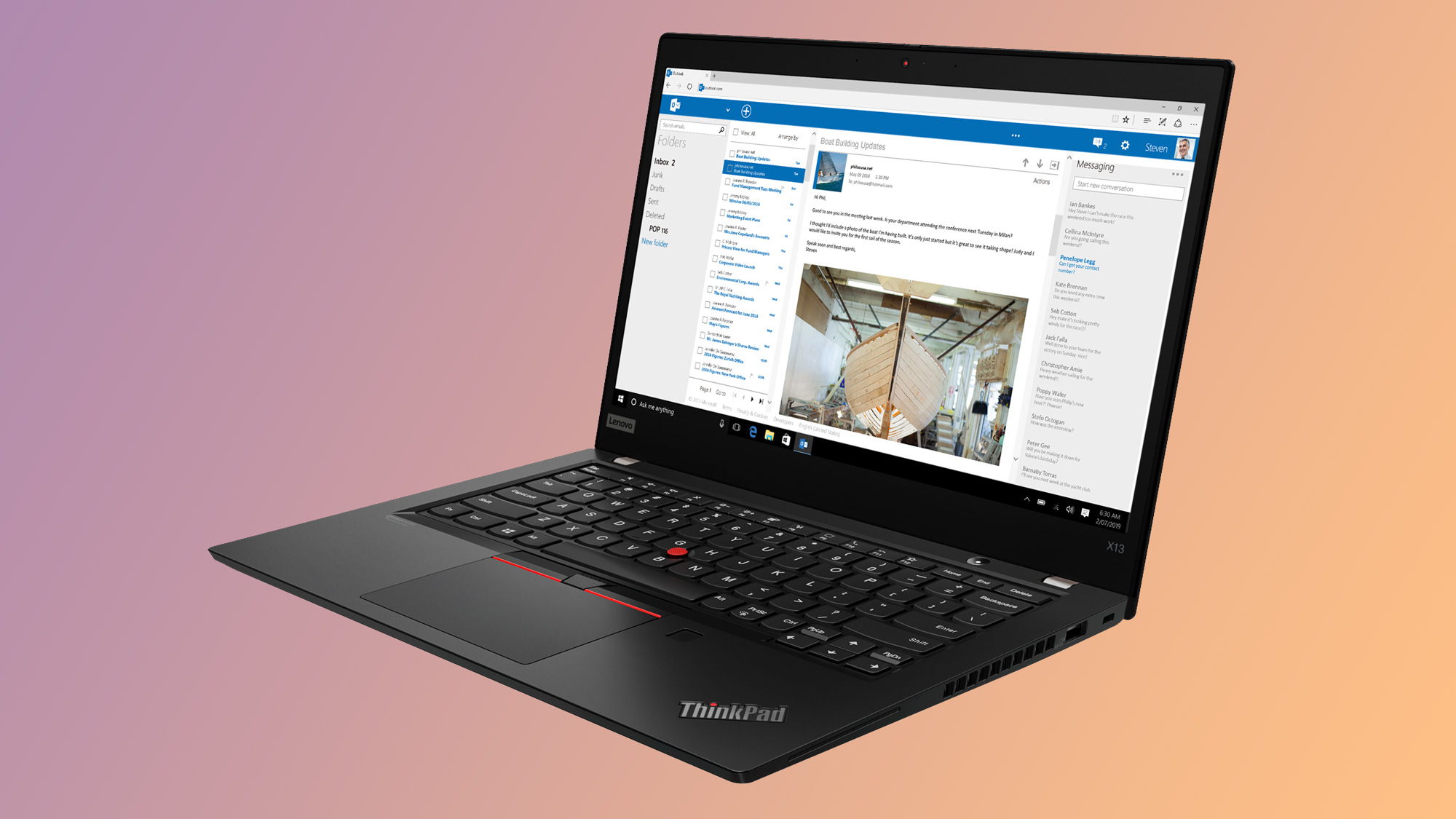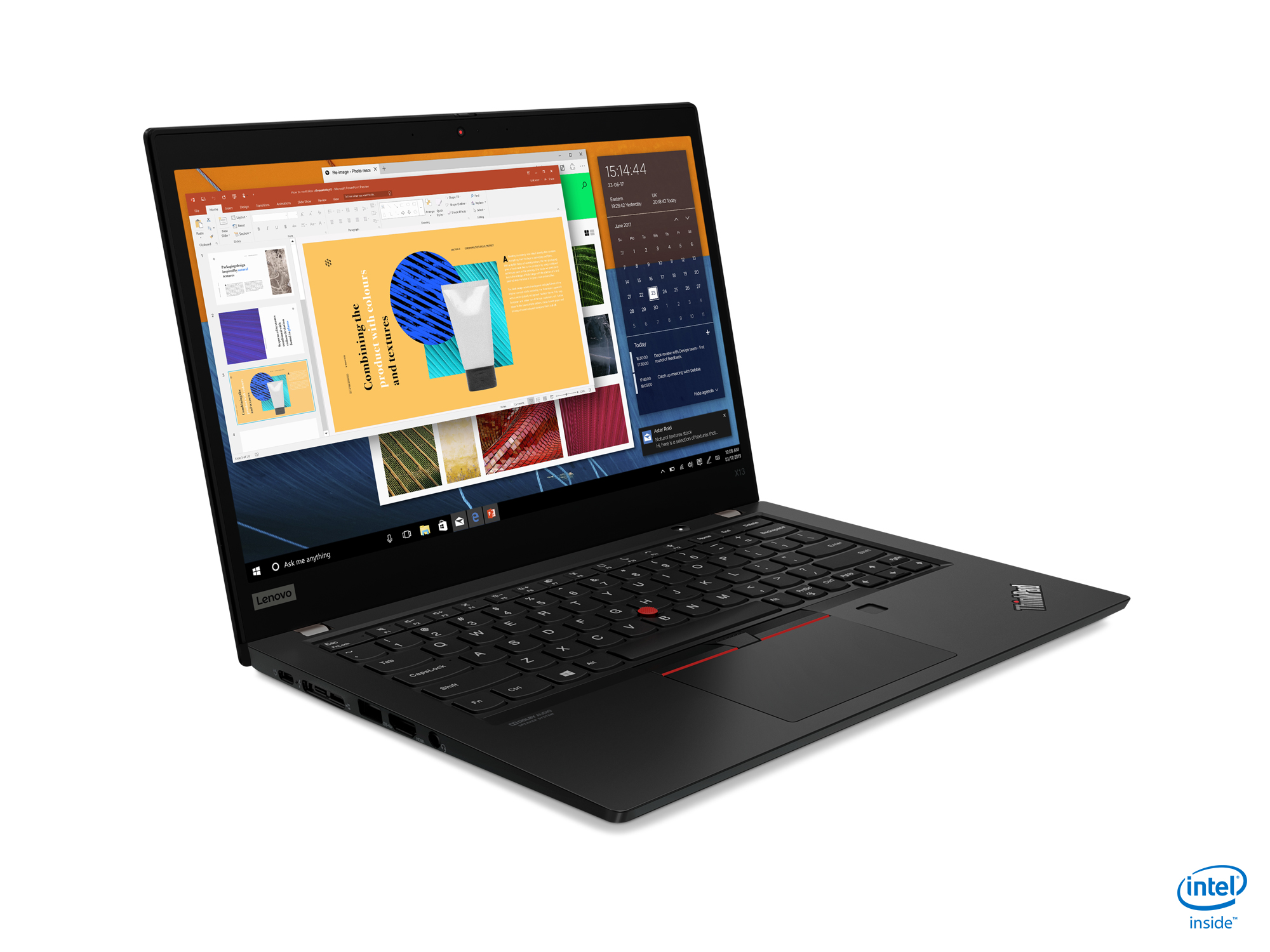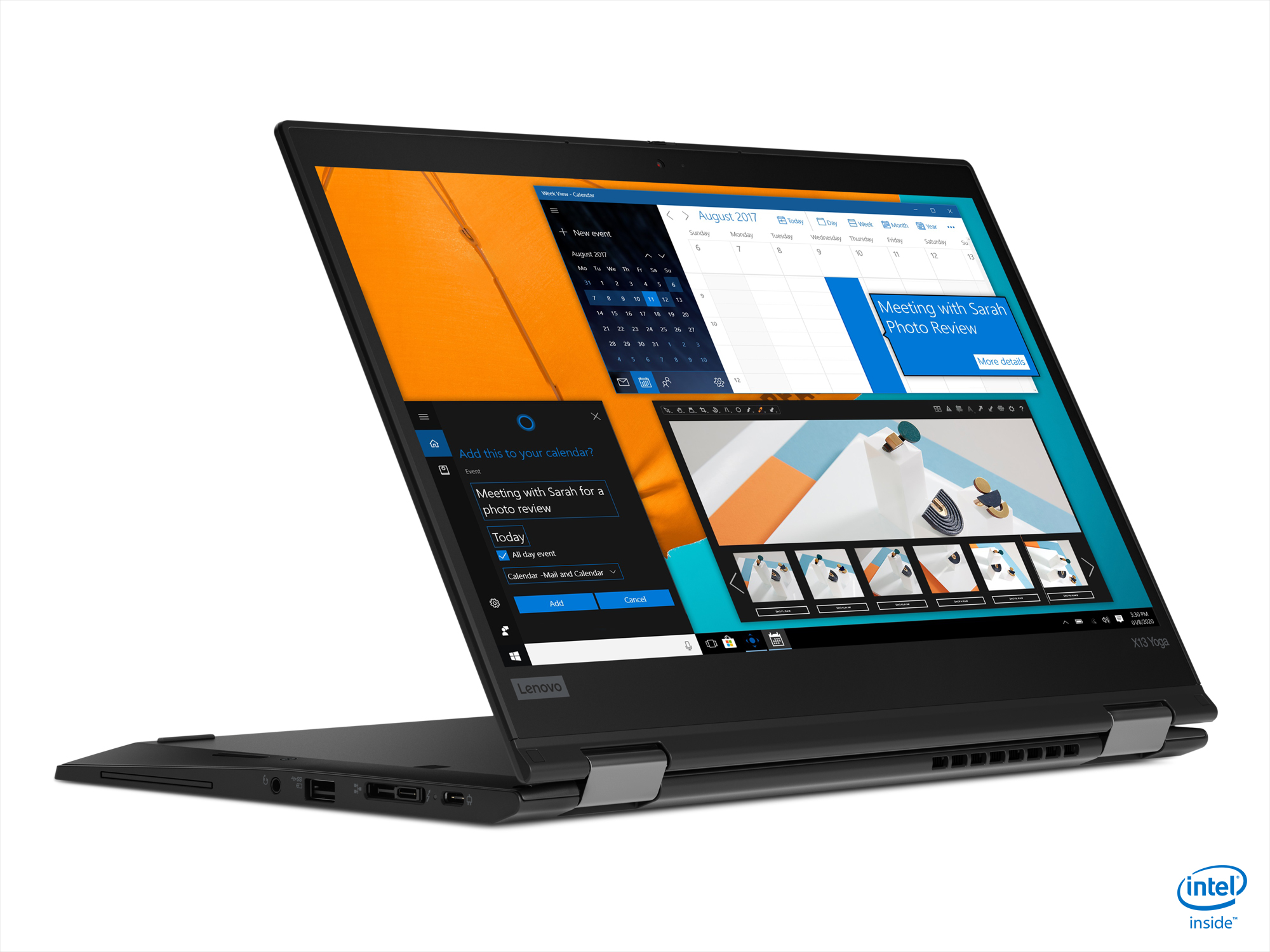Lenovo ThinkPad X13 is the XPS 13 of business laptops
The ThinkPad X13 and X13 Yoga will be available in Q2 2020

Lenovo's ThinkPad X1 Carbon is a great alternative to popular 13-inch laptops, like the Dell XPS 13 or HP Spectre x360 13. But the 14-inch business machine isn't a direct competitor to those smaller devices. Now Lenovo is entering the premium and portable segment in earnest with the new ThinkPad X13 and ThinkPad X13 Yoga.
Originally meant to debut at the now-cancelled MWC 2020, the ThinkPad X13 and ThinkPad X13 Yoga are a duo of laptops fighting for the coveted title of best 13-inch laptops. As their names suggest, the ThinkPad X13 is a traditional clamshell laptop whereas the X13 Yoga is a convertible system.
- Which ThinkPad is right for you?
- Best Lenovo Laptops in 2020
- Lenovo Legion Y545 review
ThinkPad X13 and X13 Yoga price and availability
The ThinkPad X13 and X13 Yoga will be available in the second quarter of 2020. The X13 will start at $849 while the X13 Yoga will go for $1,099.
ThinkPad X13 and X13 Yoga design
If you've seen a ThinkPad before, then you'll already be familiar with the ThinkPad X13's design. The chassis is predominantly black with red trim on the touchpad buttons and rubber pointing stick (yes, the nub lives on).
We haven't seen the devices in person but product images show pretty thick display bezels. Lenovo hasn't embraced the edge-to-edge display like other vendors. As a result, some of its laptops are starting to look dated.

As a 2-in-1, the X13 Yoga can fold back into a tablet or stand in tent mode for presentations or content viewing. The Yoga even comes with an integrated stylus. The clamshell ThinkPad X13 isn't as flexible, but the screen still rotates 180-degrees.
As is standard for ThinkPad laptops, the X13 and X13 Yoga are MIL-STD 810G tested, which means they can withstand extreme conditions, like high temperatures, altitude or humidity. When it comes to security, the ThinkPad X13 and X13 Yoga pack an IR camera with ThinkShutter webcam cover, a fingerprint sensor, an optional ePrivacy screen, and a dTPM 2.0 encryption chip.
Sign up to receive The Snapshot, a free special dispatch from Laptop Mag, in your inbox.
At 2.9 pounds, these two laptops are fairly lightweight, although the lightest of 13-inch devices go down to 2-pounds flat. And at 12.2 x 8.6 x 0.6 inches, the X13 Yoga is pretty sleek, and actually thinner than the ThinkPad X13 (0.7 inches).
ThinkPad X13 and X13 Yoga display
These two laptops come with a variety of display options.
On the low end is a 13.3-inch, 1080p non-touch display with 300 nits of brightness. From there, you can upgrade to a touch screen panel with 300 nits on the ThinkPad X13 or 400 nits on the X13 Yoga.
There is also a 1080p Privacy Guard panel with 500 nits of brightness available on both the X13 and X13 Yoga. This display has a built-in privacy filter that limits viewing angles so the people around you can't peek at your sensitive documents.
Only the ThinkPad X13 Yoga comes with an optional 13.3-inch, 4K OLED touch screen with an anti-glare finish.
ThinkPad X13 and X13 Yoga specs

The ThinkPad X13 is highly customizable. Equipped with a Core i3 CPU and 4GB of RAM, the base model X13 is pretty disappointing.
Fortunately, you can upgrade those components to an Intel Core i7 CPU with vPro, up to 32GB of RAM and up to 2TB of storage.
The X13 Yoga starts with more agreeable specs, including a Core i5 CPU and 8GB of RAM. Specs top out at a Core i7 with vPro CPU and a 2TB SSD but RAM stops short at 16GB.
Lenovo says the Thinkpad X13 and X13 Yoga will launch with AMD's new Ryzen Pro 4000-series processors, which we're dying to test and compare to Intel's 10th Gen CPUs.
ThinkPad X13 and X13 Yoga outlook
If Lenovo can bring everything we love about its other ThinkPad laptops --- a durable chassis, comfortable keyboard and useful security feature --- to a smaller, 13-inch design, then the XPS 13s and MacBook Pros of this world will be under some serious pressure.
We'll see if the Thinkpad X13 and X13 Yoga live up to expectations when we get a review unit later this year.
Phillip Tracy is the assistant managing editor at Laptop Mag where he reviews laptops, phones and other gadgets while covering the latest industry news. After graduating with a journalism degree from the University of Texas at Austin, Phillip became a tech reporter at the Daily Dot. There, he wrote reviews for a range of gadgets and covered everything from social media trends to cybersecurity. Prior to that, he wrote for RCR Wireless News covering 5G and IoT. When he's not tinkering with devices, you can find Phillip playing video games, reading, traveling or watching soccer.

